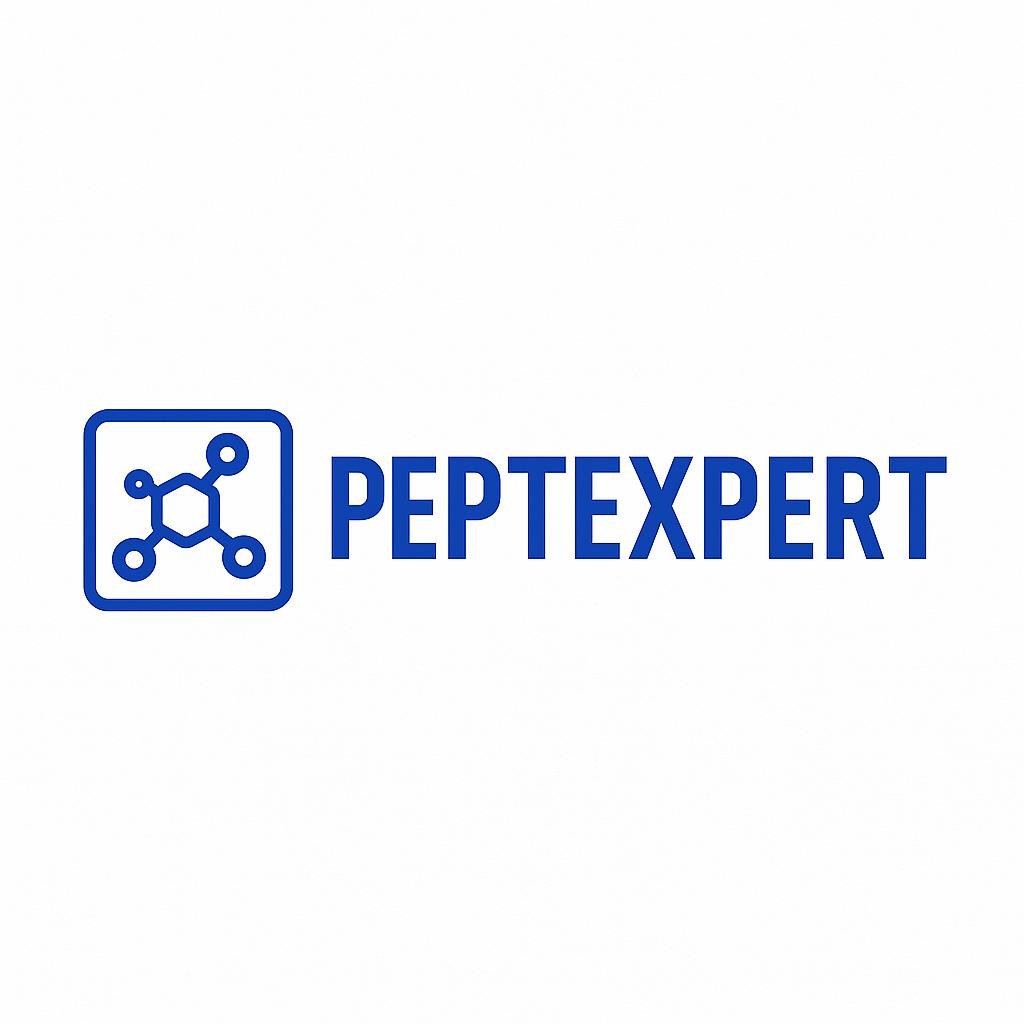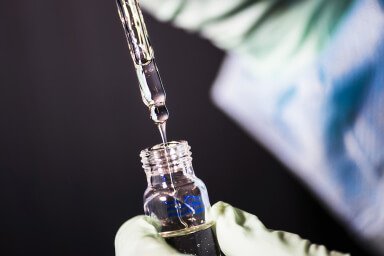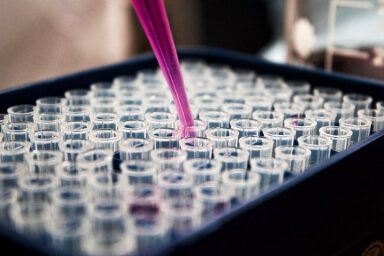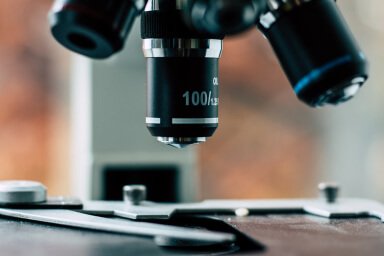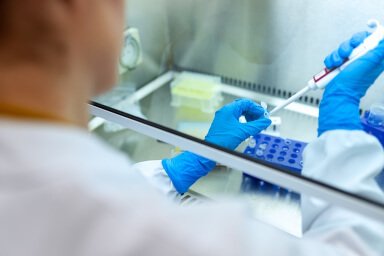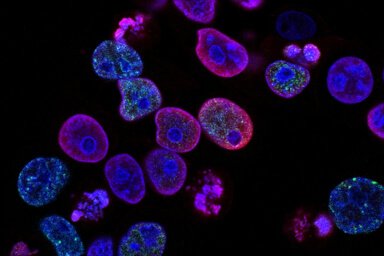
Verified Laboratory Standards

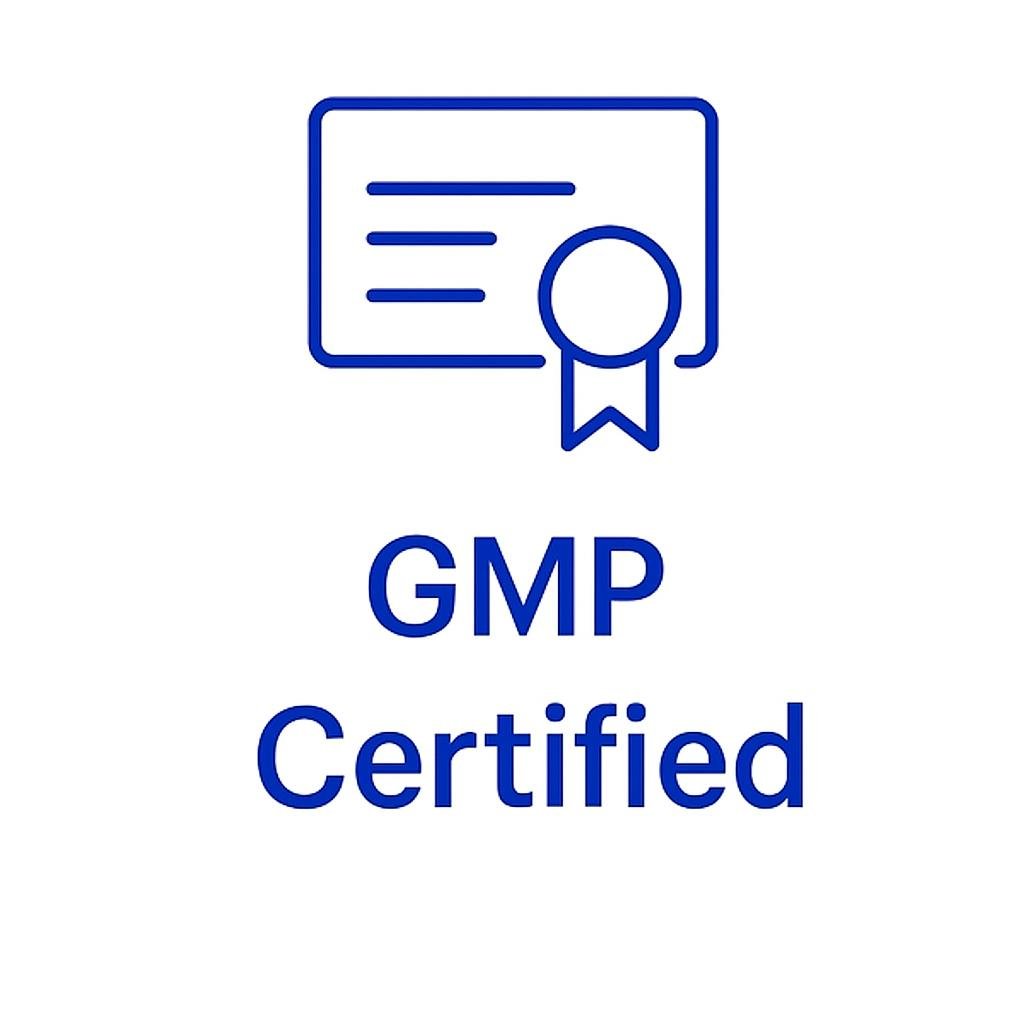
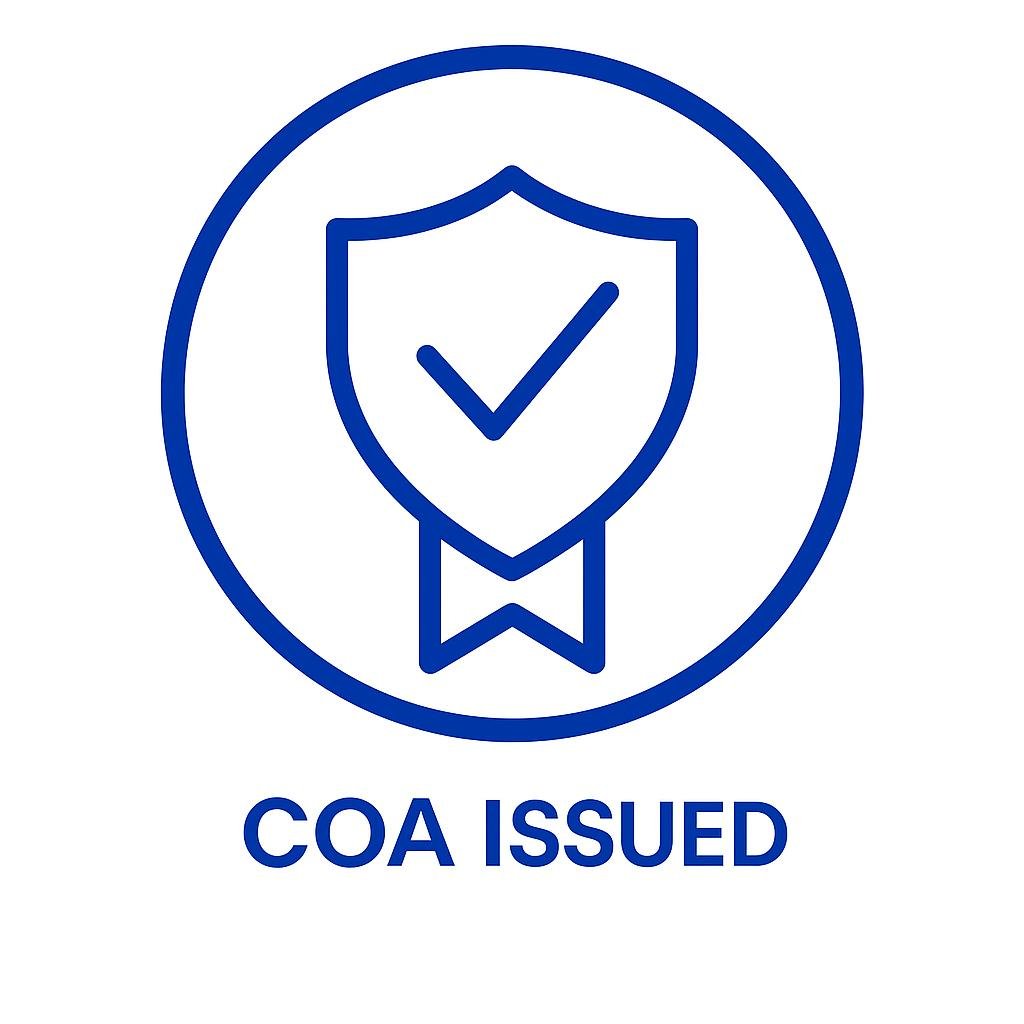
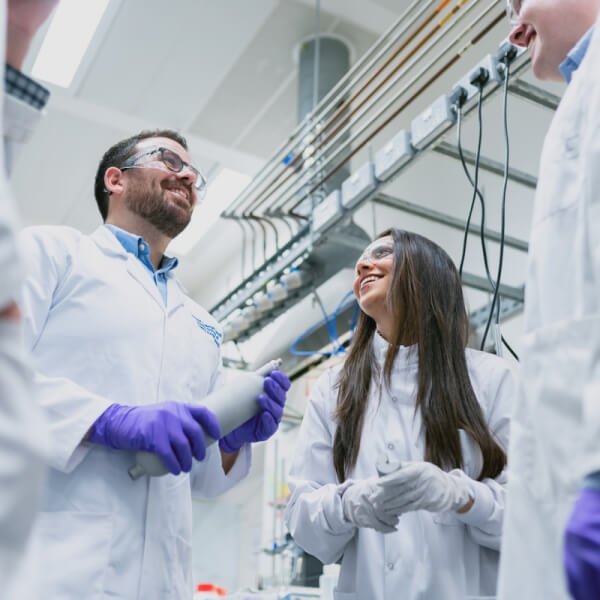
Where Do Peptides Come From?
Peptides originate from both natural and synthetic sources. Synthetic peptides are created in laboratories using solid-phase peptide synthesis (SPPS) methods. In contrast, natural peptides are derived from human or animal hormones and proteins, for example, IGF-1 extracted from the liver.
Thousands of clinical and pre-clinical studies have demonstrated the effectiveness of peptides in different areas. These include fat reduction (e.g., Fragment 176-191), injury recovery (e.g., BPC-157), and muscle growth and physical performance (e.g., GHRP-6).
Peptides also contribute to skin rejuvenation and collagen production (e.g., Matrixyl). When used correctly, peptides deliver proven improvements in medical and athletic outcomes.
Numerous clinical and preclinical studies have demonstrated the effectiveness of peptides in various areas, including:
- Reducing body fat (e.g., Fragment 176-191)
- Healing injuries (e.g., BPC-157)
- Enhancing performance and promoting muscle growth (e.g., GHRP-6)
- Supporting skin health and collagen regeneration (e.g., Matrixyl)
Well-documented laboratory tests indicate that peptides used in controlled dosing can lead to measurable improvements in specific applications.
🔍 Why Choosing the Best Peptide Company Matters
Not all peptide suppliers meet the same standards. Therefore, researchers must be selective when choosing a supplier. A trusted company should offer:
• High-purity peptides (typically ≥98%)
• Compounds that are free from contaminants
• Clearly labeled and properly stored products
• COA (Certificate of Analysis) with every batch
Moreover, selecting a verified supplier reduces the risk of compromised results. It also ensures safety and consistency in experimental outcomes.
Well-documented lab studies have shown measurable improvements in:
• Fat reduction (e.g., Fragment 176-191)
• Injury recovery (e.g., BPC-157)
• Muscle growth and performance (e.g., GHRP-6)
• Skin health and regeneration (e.g., Matrixyl)
Our Expertise
At Peptexpert, our scientific team collaborates closely with researchers to identify the safest and most effective peptides.
Furthermore, we follow strict lab-tested standards and deeply understand molecular behavior.
Consequently, our recommendations are backed by scientific evidence and proven results.

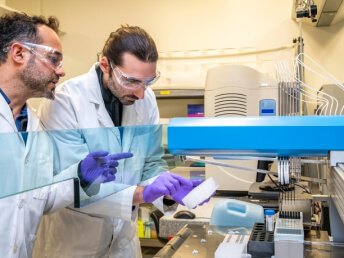
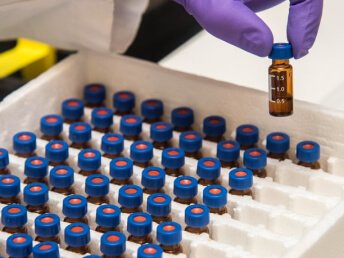
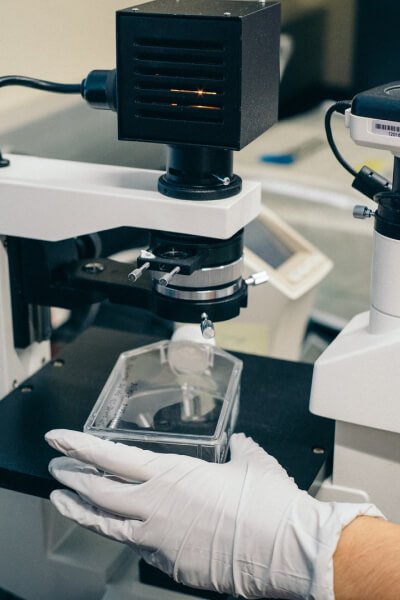
Why People Trust Us
Thousands of researchers worldwide trust Peptexpert for our proven scientific accuracy, lab-tested peptide analysis, and sourcing reliability. Our lab’s rigorous protocols also ensure transparency and trust at every step.
🔬 HPLC Device – Components & Functions
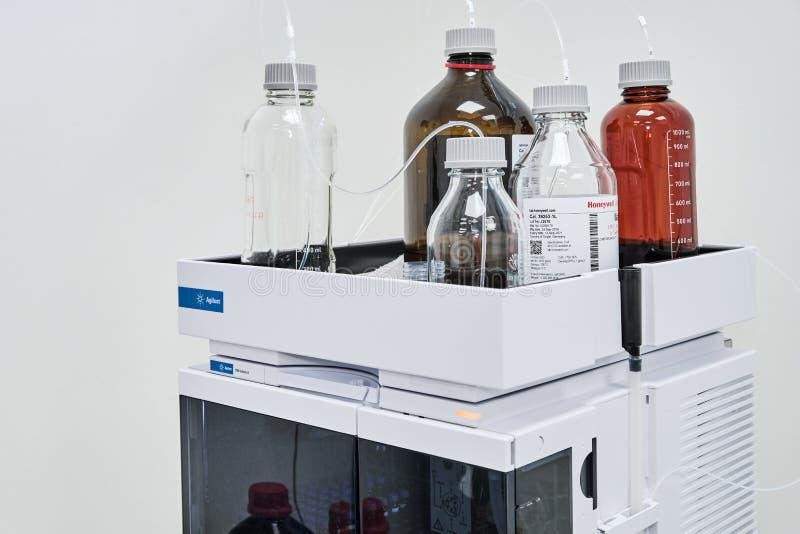
🧪 **Technical Description:
This image shows mobile phase solvent bottles typically made of amber or clear glass, containing high-purity solvents such as:
• Water (H₂O)
• Methanol (MeOH)
• Acetonitrile (ACN)
• Buffer solutions (e.g., phosphate, acetate)
The bottles are connected via thin polymer tubing to the HPLC system’s pump unit, marking the starting point of the chromatography process.
🔍 Why This Step Is Critical:
Mobile phase preparation is the foundation of any reliable HPLC analysis. Its quality directly impacts:
• Retention times
• Peak resolution
• Detector signal stability
• Reproducibility and accuracy of results
⸻
🧼 Best Practices in the Lab:
• Use only HPLC-grade solvents to prevent contamination.
• Always filter the mobile phase using 0.22 or 0.45 μm filters.
• Degas solvents (manually or with an inline degasser) to eliminate air bubbles.
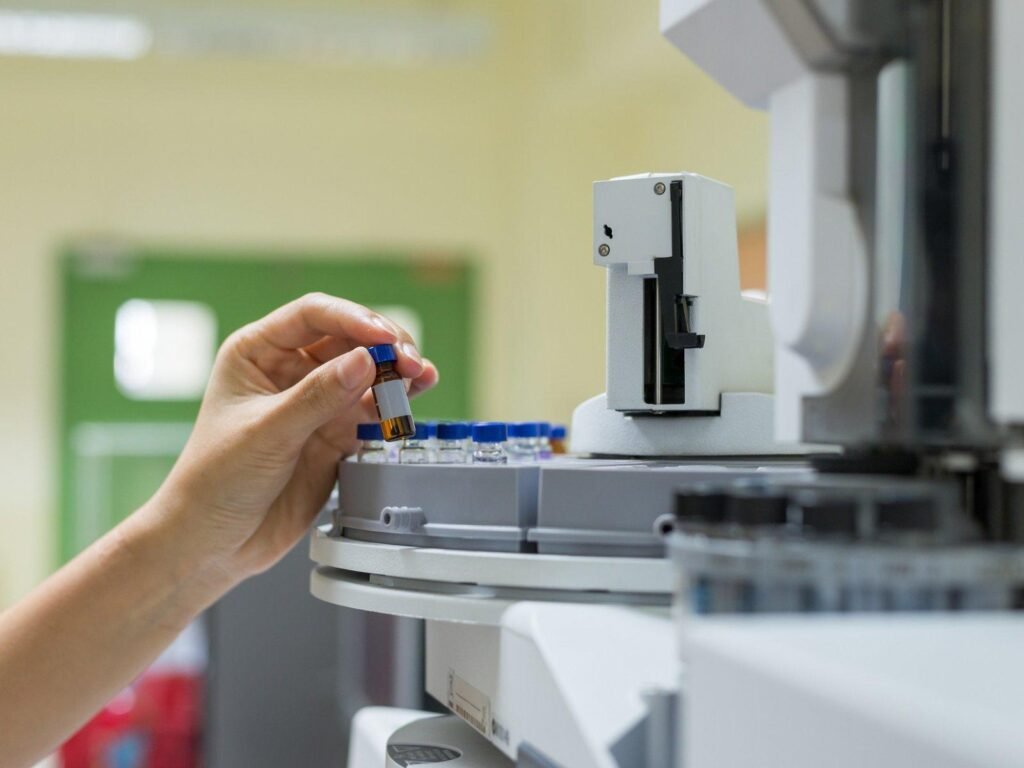
🧪 **Technical Description:
This image captures the moment a lab technician places a sample vial into the HPLC autosampler tray, which may contain dozens—even hundreds—of sample vials. The autosampler is programmed to inject each sample precisely into the flow path of the mobile phase, allowing the system to perform multiple injections automatically without manual intervention.
🎯 Purpose and Advantages of the Autosampler:
• Automates routine analysis: Greatly increases throughput by handling large sample batches.
• Ensures precision: Injects accurate and reproducible sample volumes (often 5–100 μL).
• Reduces human error: Limits variability associated with manual injection.
• Improves consistency: Critical for method validation, quality control, and regulated environments.
⸻
⚙ Key Features Typically Shown in the Image:
• Circular tray or linear rack holding vials (2 mL or 1.5 mL).
• Robotic needle or arm mechanism for precise aspiration and injection.
• Integration with software for sequencing and method control.
⸻
🧼 Best Practices:
• Use clean, labeled, and properly sealed vials.
• Filter all samples to prevent column clogging.
• Store samples at controlled temperatures if the autosampler has cooling functions.
• Regularly calibrate and maintain the autosampler needle and syringe.
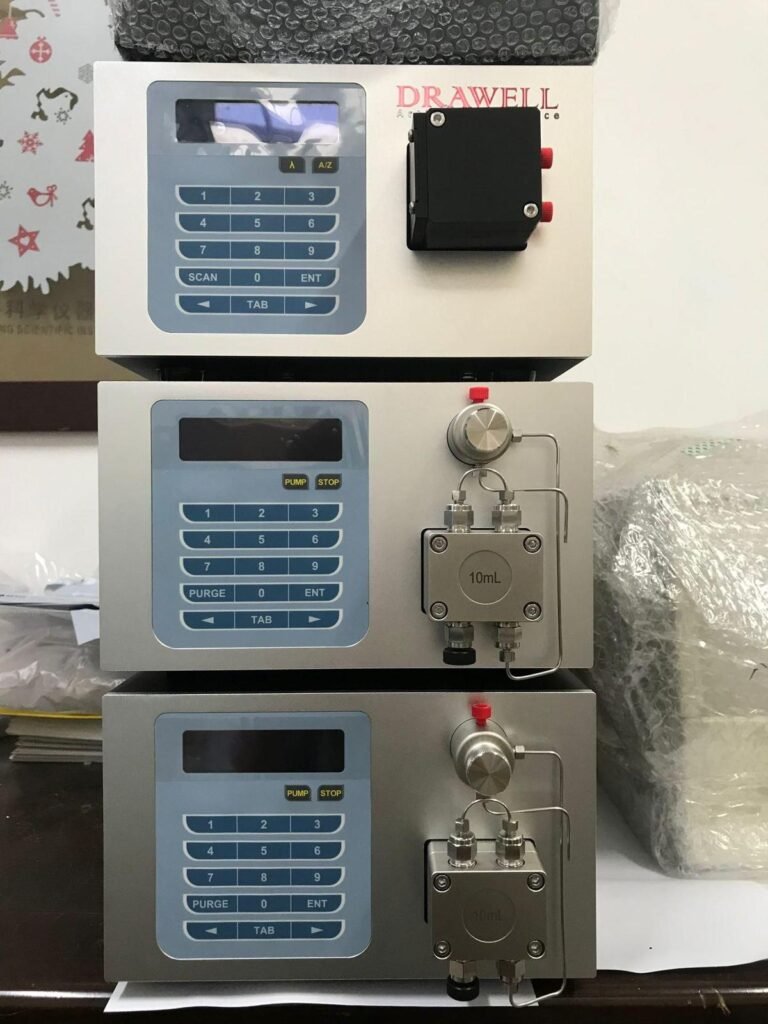
This image highlights the analytical core of the HPLC system — the high-pressure pump and the detector module. These components work together to deliver the mobile phase at a controlled flow rate and pressure, and to detect compounds as they elute from the column.
You can typically observe:
• A digital interface on the pump displaying real-time pressure, flow rate, and gradient settings.
• Tubing connected to the mobile phase reservoir and column inlet.
• The detector, positioned after the column, collecting data on compound concentration via UV, DAD, RI, or MS technologies.
💡 Pump Function – The Engine of HPLC:
• Delivers mobile phase at high precision (e.g. 0.001 mL/min up to 10 mL/min).
• Maintains consistent pressure (up to 400 bar or more).
• Supports isocratic or gradient elution, crucial for separating compounds with different polarities.
💡 Detector Function – The Eye of the System:
• Measures how much of each compound is present based on absorbance (UV/Vis) or refractive index, fluorescence, or mass-to-charge ratio (MS).
• Sends real-time data to the software, producing a chromatogram that shows the separated peaks.
⸻
🎯 Importance of This Stage:
• Precise flow and pressure control are critical for repeatable separation.
• Accurate detection ensures quantitative and qualitative analysis of each compound.
• Detector sensitivity determines how low of a concentration can be reliably measured (LOD/LOQ).
⸻
🧼 Best Practices:
• Regularly check and clean pump seals and pistons to avoid leaks or pulsation.
• Calibrate detectors and use proper wavelength settings for UV analysis.
• Monitor backpressure and maintain the system to extend column and detector life.
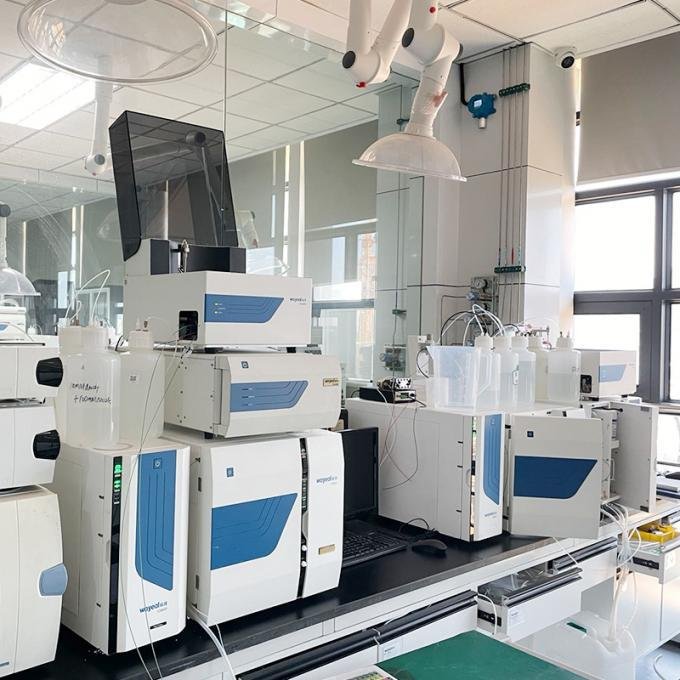
🧪 Technical Description:
This image shows the complete, fully integrated HPLC system operating in a real laboratory environment. All major components are connected and functioning in unison:
• Solvent reservoirs at the top feeding the system.
• Pump unit delivering the mobile phase.
• Autosampler injecting samples from multiple vials.
• Column compartment where separation occurs.
• Detector analyzing eluted compounds.
• Computer screen displaying the real-time chromatogram and data analysis.
The workspace is clean, well-lit, and organized — reflecting professional lab standards.
⸻
🔬 What This Stage Represents:
This is the operational phase of the HPLC workflow, where real sample analysis occurs:
• Solvents flow continuously under pressure.
• The system runs pre-set analytical methods.
• The software logs retention times, peak areas, and identifies components.
At this stage, the method has already been optimized, and the system is ready to analyze single or batch samples for routine or research purposes.
⸻
🧠 Significance of the Full Setup:
• Demonstrates automation and reliability of modern chromatography labs.
• Integrates all analytical steps in a continuous flow process.
• Ensures high-throughput capability—critical for research, pharmaceutical QC, and method validation.
⸻
🧼 Best Practices at This Stage:
• Verify method parameters (flow rate, gradient, injection volume, detection wavelength).
• Monitor baseline stability and system pressure throughout the run.
• Back up data and regularly check for signal drift or noise.
🔬 The top 5 Peptide Companies for 2025
1-Core Peptides – USA
This company offers high-purity compounds verified through reliable third-party testing. Furthermore, its consistency in lab validation makes it a top choice.
2-PureRawz – USA
PureRawz is known for regularly updating Certificates of Analysis (COAs) and maintaining high transparency. In addition, their products meet strict research-grade standards.
3-Freedom Research – USA
They offer a diverse range of SARMs and peptides tailored for scientific study. Moreover, each batch is tested for purity and potency.
4-Lawless Labs – USA
Lawless Labs stands out with dependable lab-tested results and consistent performance. As a result, many biohackers and athletes trust their products.
5-300labz-USA
This company delivers the most powerful drops on the market, using premium 300PEG oils and high-purity formulations in the manufacturing of SARMs and peptides. Each drop is engineered for maximum absorption, potency, and research-grade quality.
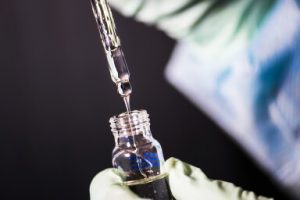
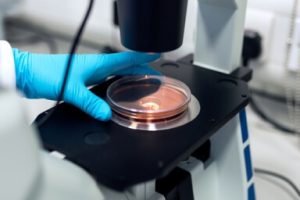
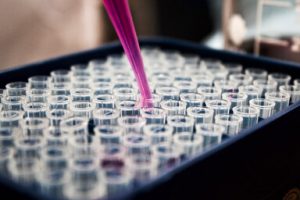
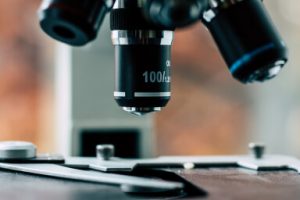
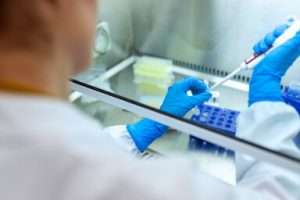
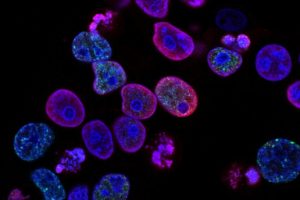
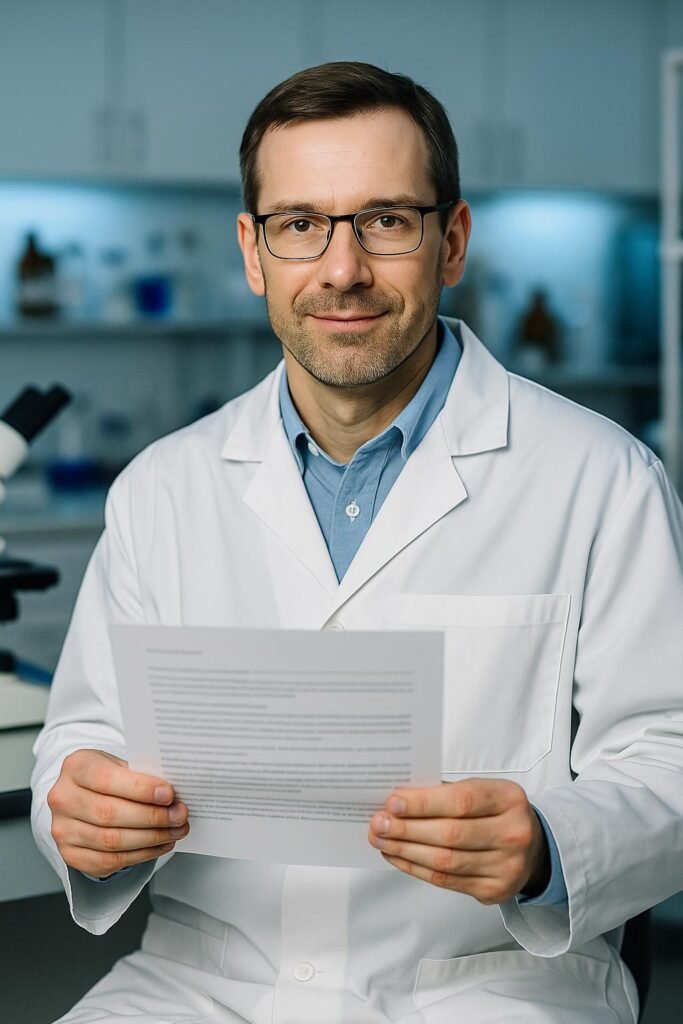
Dr. Markus Leventis
“Peptexpert’s peptide analysis changed how I select compounds for my clinical trials. Their COA verification process is unmatched and always reliable. I highly recommend them to any serious researcher looking for trustworthy lab-backed data.”
“Peptexpert provided one of the most detailed peptide analyses I’ve seen. The COA was comprehensive and matched our in-house results. A lab I trust.”
“We sent multiple samples for purity testing, and the turnaround was fast and professional. Their HPLC reports are spot-on and reliable. Highly recommended.”
“I always rely on Peptexpert before recommending any peptides to clients. Their lab results gave me peace of mind and helped me choose only what works.”
Introducing the Peptexpert Scientific Team.
Our team comprises certified peptide researchers, clinical pharmacologists, and lab analysts dedicated to ensuring the purity, safety, and Our team consists of certified peptide researchers, clinical pharmacologists, and laboratory analysts who are committed to ensuring the purity, safety, and research-grade quality of every peptide we test. With years of combined experience and advanced laboratory protocols, we provide credibility and confidence in peptide science.-grade quality of every peptide we test. With years of combined experience and advanced lab protocols, we bring credibility and confidence to peptide science.

Margaret Anderson
Lead Peptide Scientist

Mark Anthony
Research Specialist – Peptide Trials
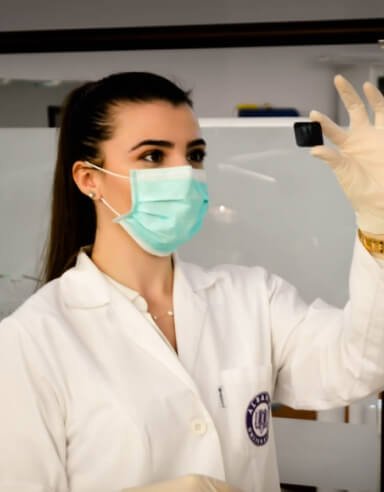
Samantha Wood
Analytical Chemist – HPLC & COA Validation
To learn more about how we rank peptide companies, visit our About Us page or feel free to Contact Us if you have any questions.
For further scientific information, check out this PubMed research or visit the official FDA guidelines on peptide usage.


